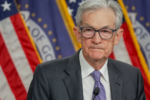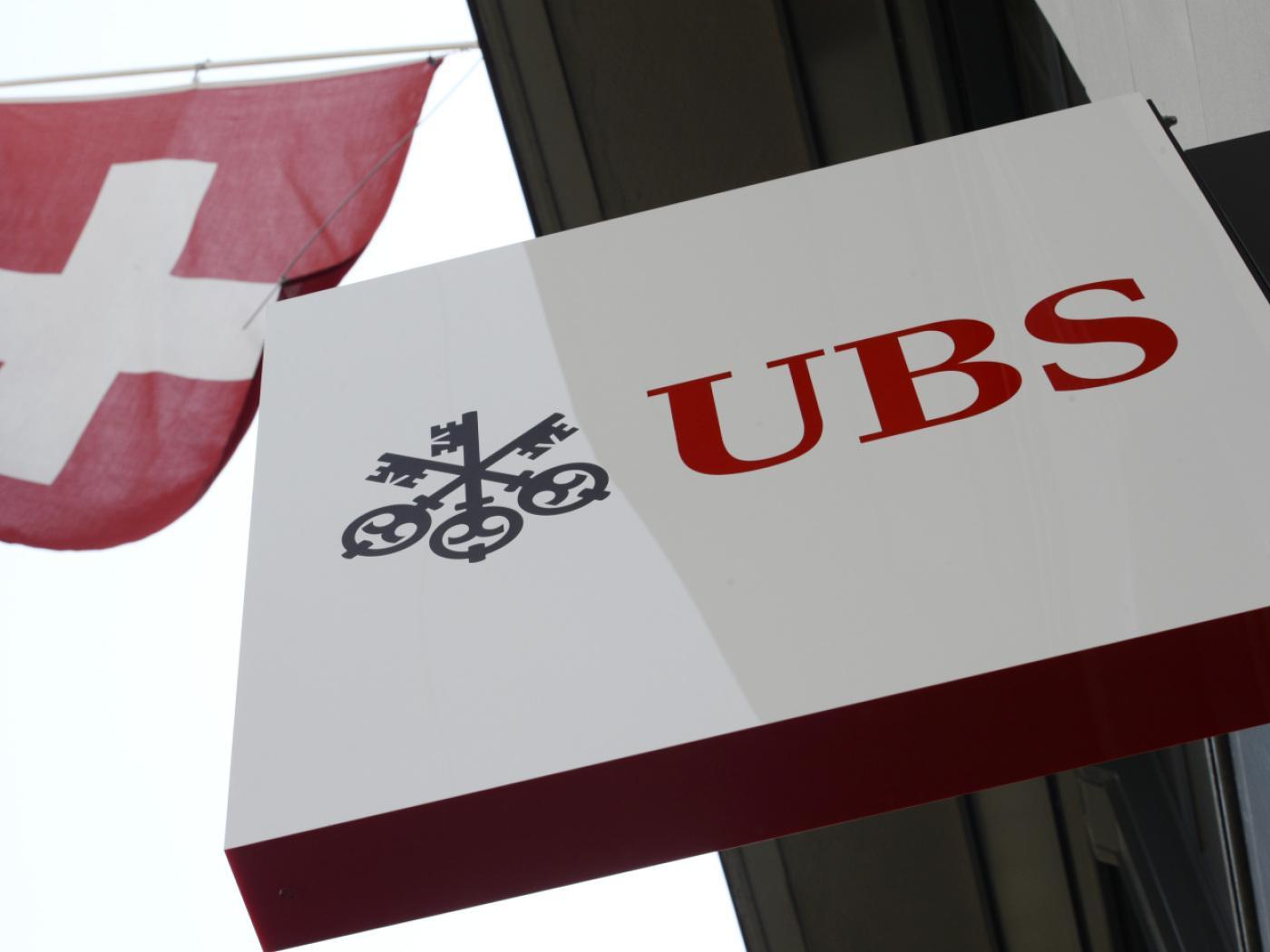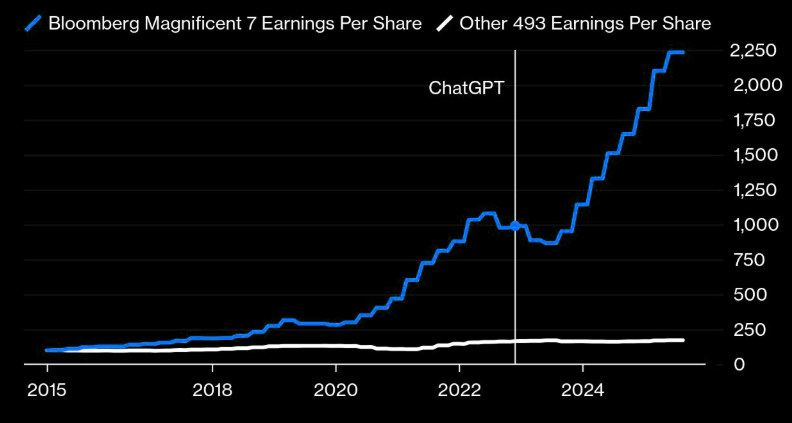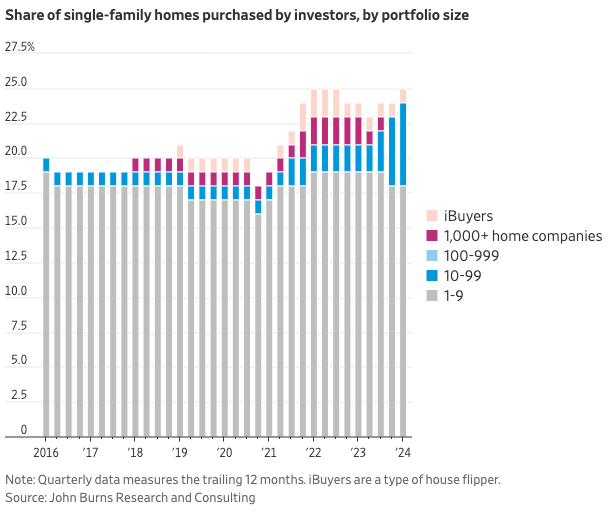Overview: The US dollar is firmer against most G10 currencies to start the new week. The euro is a notable exception. It is only slightly higher but confined to a narrow range around $1.07. On the other hand, most emerging market currencies are firmer, but for a few Asia-Pacific currencies, including those of China, South Korea, and Taiwan. The Mexican peso is consolidating but it is also lower on the day. The tone is largely consolidative.
Equities have begun softer. All the large markets in Asia Pacific but India fell, led by sharp losses in Tokyo. Europe's Stoxx 600 is threatening to extend its losses for a third session. It lost 2.4% last week, while the US S&P 500 rose by almost 1.6%: a significant divergence. US index futures are narrowly mixed pre-open. Asia Pacific bonds were firm as they caught up to the rally in the US before the weekend. However, European benchmark yields are paring last week's decline with modest gains of no more than two basis points. Germany is the exception as premiums over Germany narrow slightly, including the French premium, which is coming around a basis point. The 10-year US Treasury yield is up a little more than a basis points to slightly above 4.23%. A firmer dollar and interest rates are weighing on gold today. Near $2320, it is off about 0.5% after rallying 1.25% before the weekend. August WTI is straddling the $78 level but is trading within the pre-weekend range (~$77.40-$78.80).
Asia Pacific
China's data provided little hope that economy has turned the corner, and yet the PBOC was reluctant to cut the Medium-Term Lending Facility rate (2.50%). Official do not see rates as primary obstacle and are focused on boosting the quantity of funds. And even then, it boosted the volume but not enough to match the matching amount. House prices continue to fall, and property investment is off 10.1% in the first five months compared to the year ago period, when it was off 7.2%. Property sales through May are around 30.5% below year ago levels. Industrial output is firm even if slowing (6.2% year-to-date, year-over-year). The government appears to have shifted the focus of its dirigisme from the property market to industry. Retail sales improved on a year-over-year basis to 3.7% from 2.3%, but the year-over-year year-to-date measure was unchanged at 4.1%. To boost the chances of reaching the 5% growth target, more government stimulus is needed. The latest monthly Bloomberg survey found a median forecast of 0.9% quarter-over-quarter growth in Q2, down from 1.6% in Q1. The Third Plenary Session next month is ostensibly about economic reform, but it could be one of those situations when doing less can achieve more. Meanwhile, Japan's April industrial production fell by 0.9%, its third decline in the first four months. However, tertiary industry index jumped 1.9% (median forecast in Bloomberg's survey was for 0.4%) and support ideas that the economy is recovering after contracting in Q1. Still, the decline in April core machine orders (-2.9%) points to continued headwinds.
Short-term movement in the dollar-yen exchange rate often seems sensitive to the movement of US 10-year interest rates. The level seems a secondary consideration to the change. US rates fell sharply last week but the yen fell. We expect that US rates will recover in the coming days, unwinding some of last week's arguably excessive decline, and with the help of what is expected to be stronger US retail sales and industrial production. The yen's implied volatility is not worrisome, and the market may test the air above JPY158. The pre-weekend high was about JPY158.25. It is recorded session highs near JPY157.70 in the European morning. The Australian dollar slipped below $0.6600 ahead of the weekend but recovered to close back above that threshold. It is trading inside the pre-weekend range (~$0.6590-$0.6640), ahead of the RBA's announcement, first thing tomorrow. A less than hawkish hold could spur a break of the $0.6580 area, which would initially target $0.6540 area. The PBOC set the dollar's reference rate at CNY7.1149 (CNY7.1151 Friday). The average projection in the Bloomberg survey was CNY7.2568 (CNY7.2571 on Friday). The dollar stalled near CNH7.2750. It has closed once above it since last November. The US 10-year premium over China fell to almost 190 bp at the end of last week, the least in two months. The US premium began the year a little more than 130 bp and widened to almost 245 bp in late April.
Europe
This is a light week for eurozone economic data, and politics will fill the void. EU politics is now about the jockeying for EC posts, with Von der Leyen seen likely to be granted a second term as EC President. Italy's Meloni hosted the G7 summit, and by most accounts, a successful event. Since the Russian invasion of Ukraine, the US and Europe have drawn closer. Defense and energy ties are tighter, and Europe, at its own speed, has come to embrace the so-called de-risking relative to China. Some estimate that the tariffs the EU has announced will still allow some Chinese EV producers, like BYD, secure margins in Europe than are available in its hyper-competitive domestic market. The G7 agreement to use the profits from Russia's frozen assets is well shy from a legal and material point of view to the initial US push to give all Russia's reserves to Ukraine. Europe may still prefer a payment system for which the US cannot dictate to like it can for Brussel's based SWIFT, but, as the saying goes, "there are bigger fish to fry," meaning it is seems less urgent given domestic political considerations.
The euro was sold slightly through $1.0670 in early North American trading before the weekend. The selling pressure eased, and the euro gravitated around $1.07 in dull afternoon dealings. It is trading in about a 15-tick range today around $1.07. Nearby resistance is seen near $1.0720. Two forces have weighed on the euro, and neither will likely be alleviated in the coming days. First, the political anxiety sparked by France's snap election and polls warning that Macron's alliance could be trounced by Le Pen on the right and an alliance on the left. Second, although US rates fell sharply, German rates fell faster, and the US two-year premium over Germany jumped to around 195 bp before the weekend, the largest in a month. Sterling, which had traded at its best level in nearly three months in the middle of last week (~$1.2860) was sold to almost $1.2655 before the weekend. It had not seen that level since May 17. It remains pinned near its lows today (~$1.2660-90). A YouGov poll showing Farage's (of Brexit frame) Reform UK party has pulled ahead of the Tories for the first time. The election is scheduled for July 4. Sterling has risen for five consecutive weeks against the euro, the price action before the weekend warns that it may have peaked. The euro recovered smartly from around GBP0.8400, its lowest level since August 2022 to about GBP0.8440 and is trading a little firmer today.
America
The June Empire State manufacturing survey likely contracted for the seventh consecutive month. It is at levels that have been associated with the past three recessions, but its history is too short to put much stock in it. The manufacturing survey does not even do a good job anticipating or reflecting the nation's manufacturing, fully recognizing that it may say something about the local economy. In the six months through April, manufacturing output rose by an average of 0.1% a month. The Empire survey averaged -14.4 during the same period, which was lowest six-month average in nearly a year. More importantly, tomorrow the US reports May industrial production and it is expected to have rinse by 0.4% after a flat April. Manufacturing output fell by 0.3% in April after rising by 1.6% in the previous two months. A 0.2-0.3% increase is likely. The US also reports retail sales tomorrow. A 0.3% rise is expected after an unchanged April reading. The core measure that excludes, autos, gasoline, food services, and building materials may have recouped April's 0.3% decline. We look for the data to confirm our suspicions that the high frequency data overstated the economic weakness in April, and anticipate sequential improvement, within a larger context of a slowing economy.
The recent price action reinforces the importance of the CAD1.3780-CAD1.3800 cap for the US dollar, while CAD1.3660-80 is the floor. A break higher would signal a test of the year's high set in mid-April (~CAD1.3845) while a break lower could spur a test on more formidable support near CAD1.3600. Still, today could be a dull event. The greenback is in a narrow range of about CAD1.3730-55 and does not appear to be going anywhere quickly. The peso appeared to stabilize ahead of the weekend. The dollar set a lower high for the second consecutive session on Friday, but at the same time, Thursday's low (~MXN18.3635) also held; hence, the inside day. It is trading quietly today (~MXN18.4325-MXN18.5445). We noted the threat of intervention, but it could be that the large pools of capital (asset managers) are trying to be less disruptive. The dollar approached MXN19.00 in the middle of the week, and that may spurred some participants to pullback and bide their time a bit. The skew in the options market (one-month, 25-delta) ae not as extreme as early last week (most since the pandemic in 2020), but it remains more than two standard deviations above the 100-day moving average, to give it some perspective. This feeds our suspicions that the position adjustment may not be complete. Separately, note that Chile's central bank meets tomorrow as is expected to cut its overnight target by 25 bp to 5.75%. Brazil's central bank meets Wednesday, and no change in anticipated.
Full story here Are you the author? Previous post See more for Next post
Tags: #USD,China,Currency Movement,EMU,Featured,newsletter,US

































